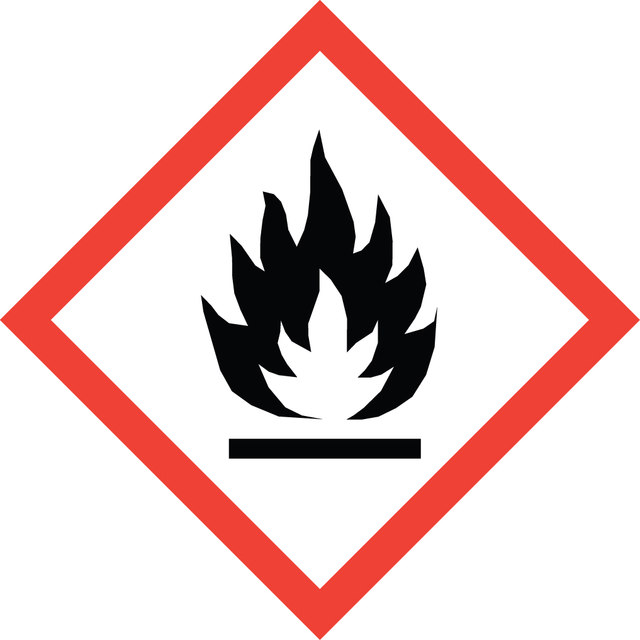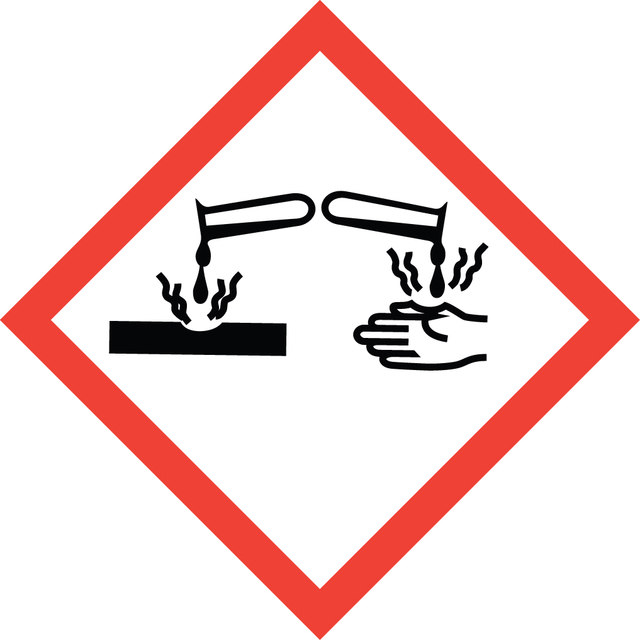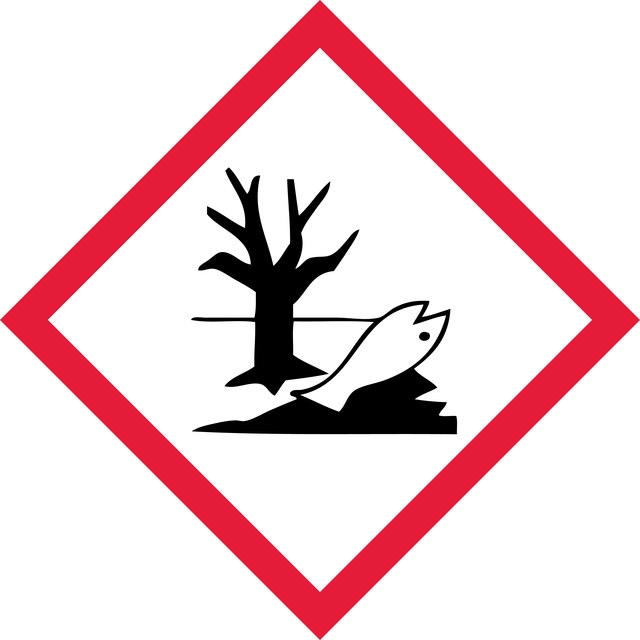等级
anhydrous
蒸汽密度
2.5 (vs air)
蒸汽压
4 mmHg ( 20 °C)
方案
99%
表单
liquid
自燃温度
744 °F
包含
200 ppm MEHQ as inhibitor
expl. lim.
13.7 %
沸点
139 °C (lit.)
mp
13 °C (lit.)
密度
1.051 g/mL at 25 °C (lit.)
SMILES字符串
OC(=O)C=C
InChI
1S/C3H4O2/c1-2-3(4)5/h2H,1H2,(H,4,5)
InChI key
NIXOWILDQLNWCW-UHFFFAOYSA-N
正在寻找类似产品? 访问 产品对比指南
一般描述
应用
丙烯酸的其他用途:
- 用作重要组分制备共聚物粘合剂,以优化锂离子电池性能。
- 聚丙烯酸可用作碳纳米管的表面改性剂,提高氧化物半导体基体中纳米管的粘合性和分散性,用于薄膜晶体管。
- 用作活性单体,与乙二醇二甲基丙烯酸酯通过同步聚合法表面修饰聚二甲基硅氧烷(PDMS)。改性后的PDMS可用于微流控或生物医疗器械等新领域。
- 用作前体,经由共聚反应合成腰果胶(cashew gum)/丙烯酸纳米粒子。丙烯酸可将亲水官能团引入腰果胶骨架,提高其水溶性及其它亲水材料的相容性。
警示用语:
Danger
危险分类
Acute Tox. 4 Dermal - Acute Tox. 4 Inhalation - Acute Tox. 4 Oral - Aquatic Acute 1 - Aquatic Chronic 2 - Eye Dam. 1 - Flam. Liq. 3 - Skin Corr. 1A - STOT SE 3
靶器官
Respiratory system
储存分类代码
3 - Flammable liquids
WGK
WGK 2
闪点(°F)
119.3 °F - closed cup
闪点(°C)
48.5 °C - closed cup
个人防护装备
Faceshields, Gloves, Goggles, type ABEK (EN14387) respirator filter
法规信息
Which document(s) contains shelf-life or expiration date information for a given product?
If available for a given product, the recommended re-test date or the expiration date can be found on the Certificate of Analysis.
How do I get lot-specific information or a Certificate of Analysis?
The lot specific COA document can be found by entering the lot number above under the "Documents" section.
What is Product 147230, Acrylic acid soluble in?
According to The chemicals encyclopedia published by the Royal Society of Chemistry: 13th Edition, Acrylic acid is miscible with water, alcohol, and ether.
How can the inhibitor be removed from Product 147230, Acrylic Acid?
This product contains monomethyl ether hydroquinone as the inhibitor, which cannot be removed with an inhibitor remover. The effects of the inhibitor can be negated by adding excess initiator.
What is the viscosity of Product 147230, Acrylic Acid?
According to our supplier the viscosity is 1.232 cP at 25 C. However, we do not test the viscosity since it is not one of our specifications.
What is the bulk density of from Product 147230, Acrylic Acid?
According to our supplier the bulk density is 8.75 lb/gal at 20 deg C.
What is the freezing point of from Product 147230, Acrylic Acid?
According to literature the freezing point is 13 C. If freezing occurs do not remove the acrylic acid from a partially-thawed bottle. The remaining material would be seriously under-inhibited.
How do I find price and availability?
There are several ways to find pricing and availability for our products. Once you log onto our website, you will find the price and availability displayed on the product detail page. You can contact any of our Customer Sales and Service offices to receive a quote. USA customers: 1-800-325-3010 or view local office numbers.
What is the Department of Transportation shipping information for this product?
Transportation information can be found in Section 14 of the product's (M)SDS.To access the shipping information for this material, use the link on the product detail page for the product.
My question is not addressed here, how can I contact Technical Service for assistance?
Ask a Scientist here.
商品
Innovation in dental restorative materials is driven by the need for biocompatible and natural-appearing restoration alternatives. Conventional dental materials like amalgam and composite resins have inherent disadvantages.
RAFT polymerization offers living characteristics to radical polymerization, contributing versatility to reversible deactivation radical polymerization methods.
By altering the physicochemical properties, smart or intelligent drug delivery systems can be designed to deliver therapeutic molecules on-demand. Learn more about the application of stimuli-responsive materials in drug delivery.
RAFT(可逆加成断裂链转移)聚合是一种可逆的去活化自由基聚合(RDRP),是给自由基聚合赋予活性的通用方法之一。
我们的科学家团队拥有各种研究领域经验,包括生命科学、材料科学、化学合成、色谱、分析及许多其他领域.
联系客户支持


